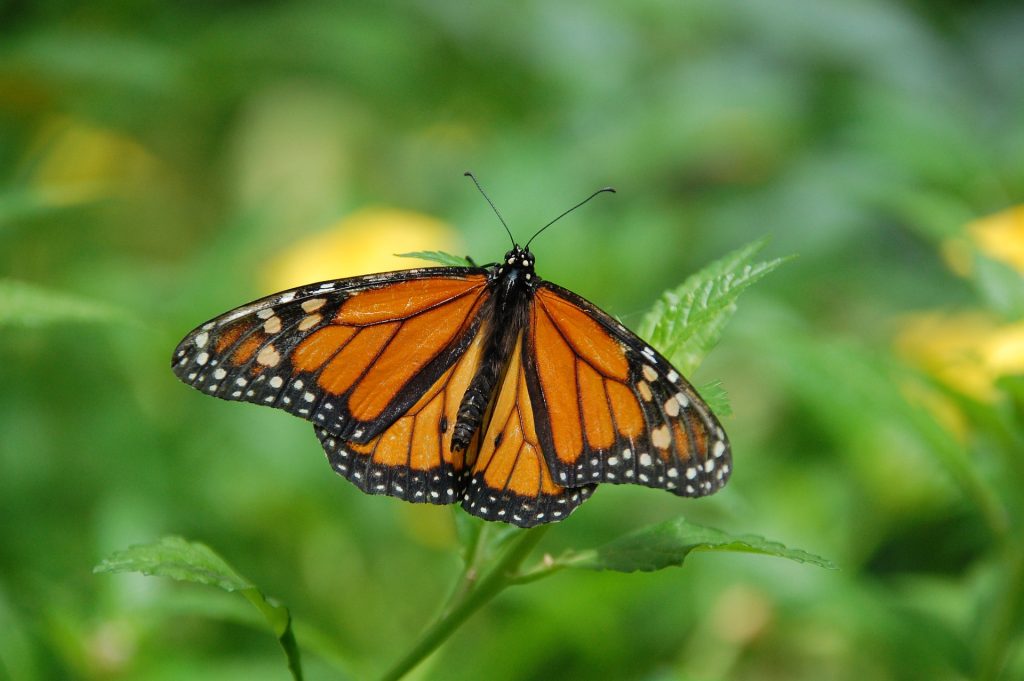Monarch Butterflies Are Suddenly Dying Out, Here’s Why
Experts believe the decline in monarch butterflies in Mexican forests is due to a combination of factors including extreme weather, illegal lodging, and a loss of habitat.
This article is more than 2 years old

Monarch butterflies travel to the beautiful forests of Mexico year after year to hibernate. The orange and black butterflies can be seen hibernating in large numbers from November to March. This year, numbers were noticeably less than in previous years.
The number of beautiful flying insects has decreased by almost 25 percent. Experts believe the decline in the number of monarch butterflies present in Mexican forests is due to a combination of factors. Extreme weather, illegal lodging, and the fact that large numbers of Oyamel trees have been destroyed due to fire and disease are mostly to blame.
The Mexican government has gone to great lengths to protect the sacred hibernation grounds that monarch butterflies utilize every year. Sanctuaries have been set up throughout the country. Many people from all over the world travel to Mexico to witness the colony of butterflies as they settle into the Mexican fit and pine trees just west of Mexico City.
Sometimes, no matter what one does, mother nature has other plans. Extreme temperatures, hot and cold, can be to blame in part for the decline in the number of Monarch butterflies. With sweltering temperatures, drought often follows, which is not suitable for animal habitats.
In addition to extreme weather, there has been an increased use of pesticides within the farming and agriculture community. This increased use of pesticides has proved detrimental to milkweeds. Monarch butterflies use milkweeds to lay eggs.
Without a habitat to lay eggs, there is limited possibility for the future generation. Loss of habitat is causing displacement for many animals and insects, not just the monarch butterfly. As humans continuously build more structures, animals are forced to leave their natural habitat and seek shelter elsewhere.
Another contributing factor to the decline in the number of monarch butterflies has to do with disease. Trees were more susceptible to sickness due to a combination of things. The lack of rainfall sent trees into a distressed state known as hydronic stress. This made the trees where the butterflies hibernate at an increased risk of disease and fire.
In the 1980s, there was an estimated Monarch butterfly population of ten million. Today it is believed that around 330,000 butterfly species live in the western world. These numbers are calculated as experts actually look at the area that the butterflies occupy.
The forest area that fell victim to disease and other environmental factors totals around 145 acres. That means less space for the Monarch butterfly to hibernate. Migration is essential for this species as they cannot survive cold temperatures.
As climate change continues to alter the world around us, animals and humans will either adapt or die off. As humans are the most significant contributors to climate change, it is unlikely that they will be the ones responsible for reversing the course. All this brings me to ask what happens to the ones who survive?
Superspecies will begin to emerge. Species will evolve and change to ensure that the life cycle continues. Maybe the monarch butterfly will become stronger, more vibrant, and healthier than ever.






